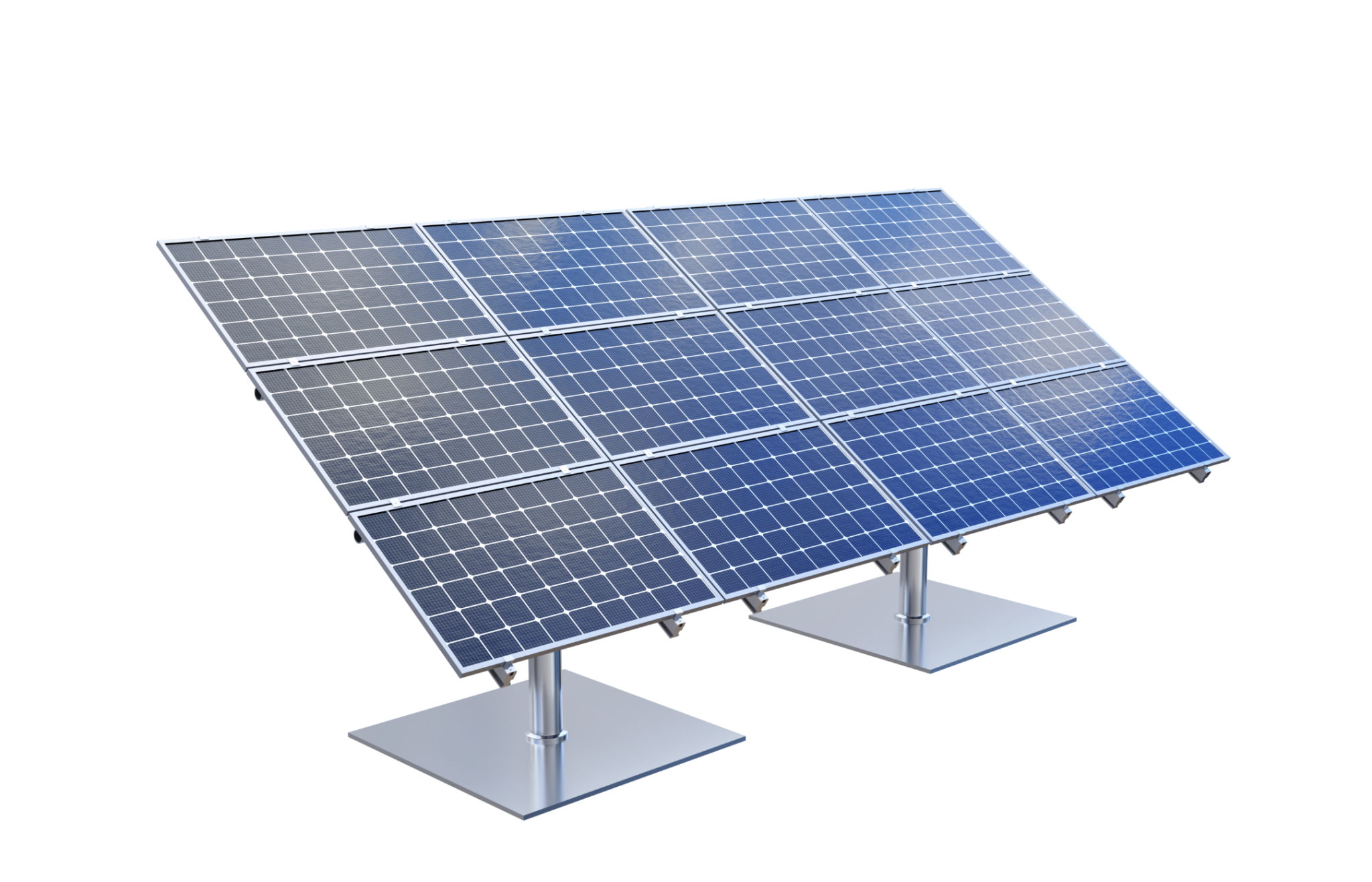Eco-Friendly Building Techniques for California Homes
Introduction to Eco-Friendly Building Techniques
As the world becomes increasingly aware of environmental issues, the demand for eco-friendly building techniques is on the rise. This is especially true in California, a state known for its commitment to sustainability and innovation. Building eco-friendly homes not only helps preserve the environment but also offers long-term financial benefits to homeowners. In this blog post, we'll explore some of the most effective eco-friendly building techniques for California homes.

Utilizing Sustainable Materials
One of the primary steps in constructing an eco-friendly home is using sustainable materials. This includes materials that are renewable, recycled, or have a minimal environmental impact. For instance, bamboo is an excellent alternative to traditional hardwood due to its rapid growth and durability. Recycled steel and reclaimed wood are also popular choices that reduce the need for virgin materials and minimize waste.
Benefits of Sustainable Materials
Using sustainable materials offers several benefits. These materials often have a smaller carbon footprint compared to conventional options, helping to reduce greenhouse gas emissions. Additionally, many sustainable materials are more durable and require less maintenance, leading to cost savings over time. By choosing these materials, homeowners can create a healthier living environment and contribute to a more sustainable future.

Energy-Efficient Design
Energy efficiency is a cornerstone of eco-friendly building. Designing homes with energy efficiency in mind can significantly reduce energy consumption and lower utility bills. Key strategies include incorporating proper insulation, energy-efficient windows, and solar panels. These features help maintain comfortable indoor temperatures year-round while minimizing reliance on non-renewable energy sources.
Passive Solar Design
Passive solar design is a popular technique in California, taking advantage of the state's abundant sunlight. This approach involves orienting the home to maximize natural light and heat during the winter months while minimizing exposure during the summer. By strategically placing windows and using thermal mass materials, passive solar design reduces the need for artificial heating and cooling, enhancing overall energy efficiency.

Water Conservation Techniques
In California, where droughts are a recurring concern, water conservation is a critical component of eco-friendly building. Implementing rainwater harvesting systems allows homeowners to collect and store rainwater for irrigation and other non-potable uses. Low-flow plumbing fixtures and drought-resistant landscaping further reduce water usage without sacrificing comfort or aesthetics.
Xeriscaping for Landscaping
Xeriscaping is an environmentally friendly landscaping method that involves using native, drought-tolerant plants to create beautiful yet water-efficient gardens. This technique not only conserves water but also supports local biodiversity by providing habitats for native wildlife. Homeowners can enjoy lush landscapes without the excessive water demands of traditional gardens.
Conclusion
Embracing eco-friendly building techniques is a smart choice for anyone looking to build or renovate a home in California. By focusing on sustainable materials, energy-efficient design, and water conservation methods, homeowners can create comfortable, cost-effective living spaces that align with their environmental values. As more people adopt these practices, we move closer to a future where sustainable living is the norm rather than the exception.
